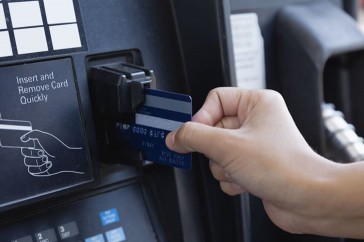The art of handshaking is a universal practice, deeply ingrained in our social and professional interactions. A well-executed handshake can leave a positive and lasting impression, while common handshaking mistakes can have the opposite effect. In this article, we will delve into some of the most frequent handshaking blunders and provide valuable insights on how to avoid them. By steering clear of these pitfalls, you can ensure your handshakes are consistently effective and leave a favorable impression.

The “Dead Fish” Handshake: One of the most prevalent and off-putting handshaking mistakes is the “Dead Fish” handshake. This is characterized by a limp and lifeless grip that sends a clear message of indifference or lack of confidence. To avoid this mistake:
- Maintain an Appropriate Grip: Ensure your grip is firm but not overly aggressive. Aim for a confident handshake that conveys sincerity and professionalism.
- The Impact: When offering a “Dead Fish” handshake, you risk undermining your credibility and appearing disinterested. A weak handshake can leave the other person feeling unimpressed or even uncomfortable.
The Bone-Crusher: Conversely, the “Bone-Crusher” handshake is marked by an overly strong and forceful grip. This type of handshake can be painful and intimidating. To strike the right balance:
- Adjust Your Grip: Be mindful of the pressure you apply during a handshake. Match your grip strength to that of the other person. If you notice resistance, ease up on the grip.
- The Impact: An overly strong handshake can lead to physical discomfort and create an intimidating first impression. It may suggest dominance or aggressiveness, which is rarely the desired outcome in social or business interactions.
Ignoring Handshake Initiation: Another common mistake is failing to respond promptly when someone extends their hand for a handshake. Ignoring a handshake initiation can convey disinterest or a lack of attentiveness. To stay on top of this:
- Be Responsive: Always respond promptly when someone extends their hand for a handshake. It’s a simple gesture of respect and readiness to engage.
- The Impact: Ignoring a handshake initiation can make you appear unresponsive or even rude. It sends a clear message of disinterest, which can hinder the development of positive relationships.
Not Maintaining Eye Contact: Maintaining eye contact is an integral part of a successful handshake. A failure to do so can diminish the sincerity and confidence of the interaction. To ensure you maintain a balanced gaze:
- Focus on the Eyes: During the handshake, focus on the other person’s eyes. This demonstrates attentiveness and sincerity.
- The Impact: Avoiding eye contact during a handshake can make you appear evasive or untrustworthy. Eye contact is a key component of effective communication and conveying confidence.
Forgetting to Smile and Greet: A warm smile and a friendly greeting can enhance your handshake and create a welcoming atmosphere. Neglecting these elements can make your handshake appear cold or insincere. To make your smile and greeting genuine and engaging:
- Sincerity: Ensure your smile is warm and authentic, and your greeting is friendly. These elements can set a positive tone for the interaction.
- The Impact: Forgetting to smile and greet can make your handshake seem distant or mechanical. It might leave the other person feeling unacknowledged or unimportant.
- Avoiding common handshaking mistakes is an essential part of building positive relationships. By being mindful of your technique and ensuring your grip is appropriate, responsive, and well-balanced, you can ensure your handshake always leaves a favorable and lasting impression.








